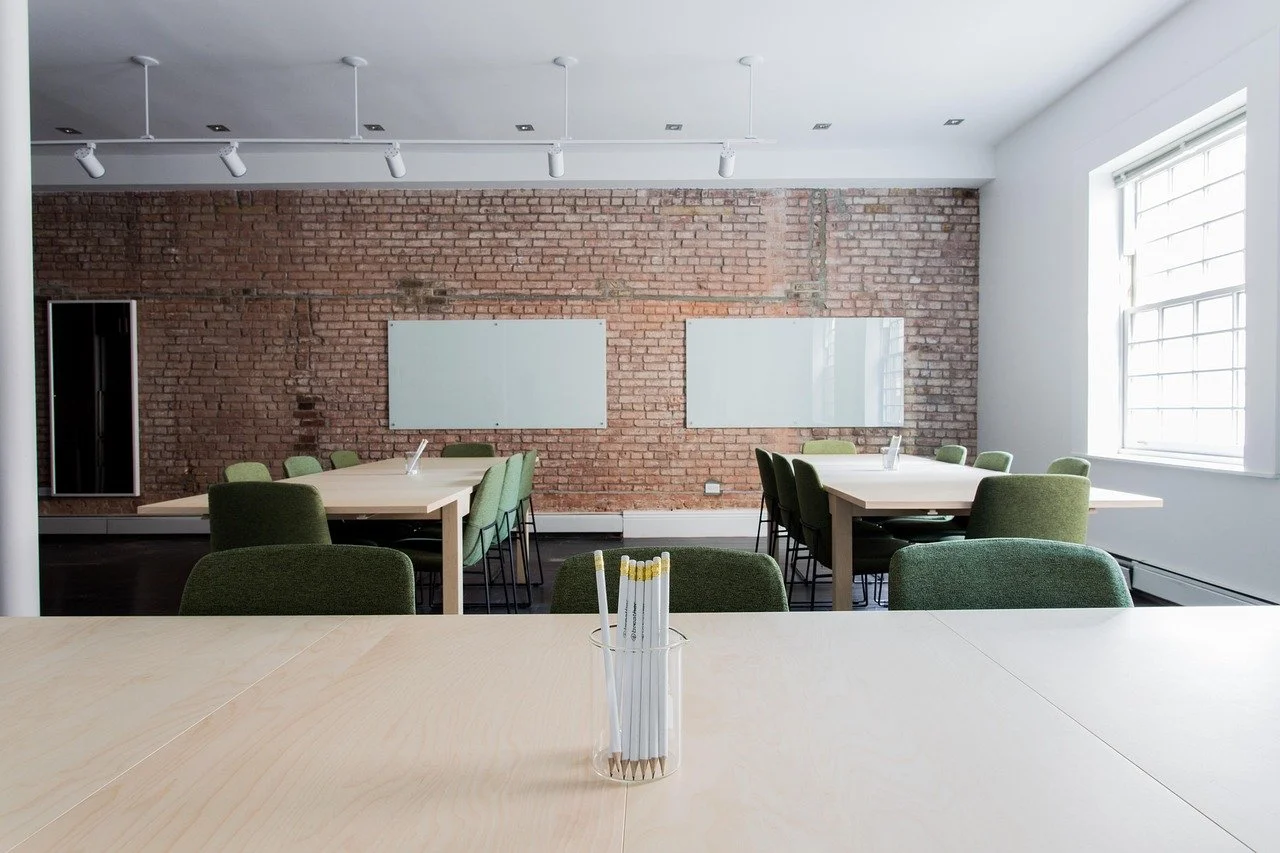The Insider Guide: 10 Top Interior Design Tips For Your London Office Space
Introduction
In the dynamic business landscape of London, the design of your office space plays a pivotal role in shaping employee productivity, client impressions and overall brand identity.
A well-designed office is more than just a place to work; it reflects the ethos of your organisation and fosters a conducive environment for innovation and collaboration.
This guide presents ten essential interior design tips tailored specifically for London office spaces, offering practical insights into colour selection, lighting strategies, layout planning and more.
Tip 1: Define Your Brand Through Design
Your office should be a physical manifestation of your brand.
From the reception area to meeting rooms, every element must communicate your corporate identity.
Choose furnishings, artwork and finishes that reflect your values and industry.
For example, a tech firm might opt for sleek, modern aesthetics while a legal practice may prefer classic, understated elegance.
Consistency in design reinforces brand recognition and builds trust with clients and employees alike.
Tip 2: Prioritise Natural Light and Smart Lighting Solutions
Natural light is a valuable asset in any office.
Maximise daylight by using glass partitions, open layouts and light-coloured surfaces.
Where natural light is limited, invest in smart lighting systems that adjust brightness and colour temperature throughout the day.
Task lighting should be used at workstations to reduce eye strain, while ambient lighting can create a welcoming atmosphere in communal areas.
Tip 3: Choose a Colour Palette That Works
Colour influences mood and productivity.
Blues and greens promote calm and focus, making them ideal for workspaces.
Warmer tones like yellows and oranges can energise breakout areas.
Use colour zoning to define different functions within the office.
Ensure that your palette aligns with your brand colours for a cohesive look.
Avoid overly bright or dark schemes that may cause discomfort or distraction.
Tip 4: Plan for Flexible Layouts
Modern offices require adaptability.
Design layouts that accommodate various working styles, from collaborative zones to quiet areas.
Modular furniture allows for easy reconfiguration, supporting agile working practices.
Consider future growth and ensure that your layout can evolve with your business needs.
Flexibility enhances space utilisation and employee satisfaction.
Tip 5: Invest in Ergonomic Furniture
Comfortable, supportive furniture is essential for employee wellbeing. Choose ergonomic chairs, sit-stand desks and adjustable monitors to reduce physical strain. High-quality furniture not only improves health but also demonstrates your commitment to staff welfare. Ensure that furniture complements the overall design and does not compromise aesthetics.
Tip 6: Create Collaborative and Quiet Zones
Balance is key in office design.
Open-plan layouts encourage interaction but can lead to noise and distraction.
Designate areas for collaboration with writable walls and shared tables and provide quiet zones with acoustic panels and enclosed booths for focused work.
This dual approach caters to diverse working preferences and enhances productivity.
Tip 7: Incorporate Biophilic Design
Biophilic design integrates natural elements into the workspace.
Use plants, natural materials and textures to create a calming environment.
Living walls, wooden finishes and stone surfaces can improve air quality and reduce stress.
Biophilic design not only enhances aesthetics but also supports mental health and employee engagement.
Tip 8: Use Technology Thoughtfully
Technology should enhance, not overwhelm, your office design.
Integrate AV systems, smart controls and connectivity solutions seamlessly into the space.
Conceal cables and equipment to maintain a clean look.
Choose technology that supports collaboration and efficiency, such as interactive screens and wireless charging stations.
Tip 9: Focus on Sustainability
Sustainable design is both responsible and cost-effective.
Use eco-friendly materials, energy-efficient lighting and water-saving fixtures.
Consider certifications such as BREEAM or LEED to demonstrate your commitment to environmental standards.
Sustainable choices reduce operational costs and appeal to environmentally conscious clients and employees.
Tip 10: Work With Professional Designers
Engaging a professional interior designer ensures that your office meets functional and aesthetic goals.
Designers bring expertise in space planning, compliance and project management.
Choose a partner with experience in London office projects and a portfolio that aligns with your vision.
Collaboration with professionals leads to a more effective and inspiring workspace.
Conclusion
Designing an office space in London requires careful consideration of aesthetics, functionality and brand alignment.
By implementing these ten interior design tips, businesses can create environments that inspire productivity, reflect corporate identity and support employee wellbeing.
Whether you are refurbishing an existing space or planning a new office, thoughtful design choices will yield long-term benefits for your organisation.
Image credit: Bricks Chairs Classroom - Free photo on Pixabay
At Fenway® we design, build, furnish and support Central London office space, delivering design, fit-out, refurbishment, retrofit, furniture and alterations projects for occupiers and owners alike. If you are ready to begin discussing your next London office interior project, we would love to talk to you. Why not contact us today?


